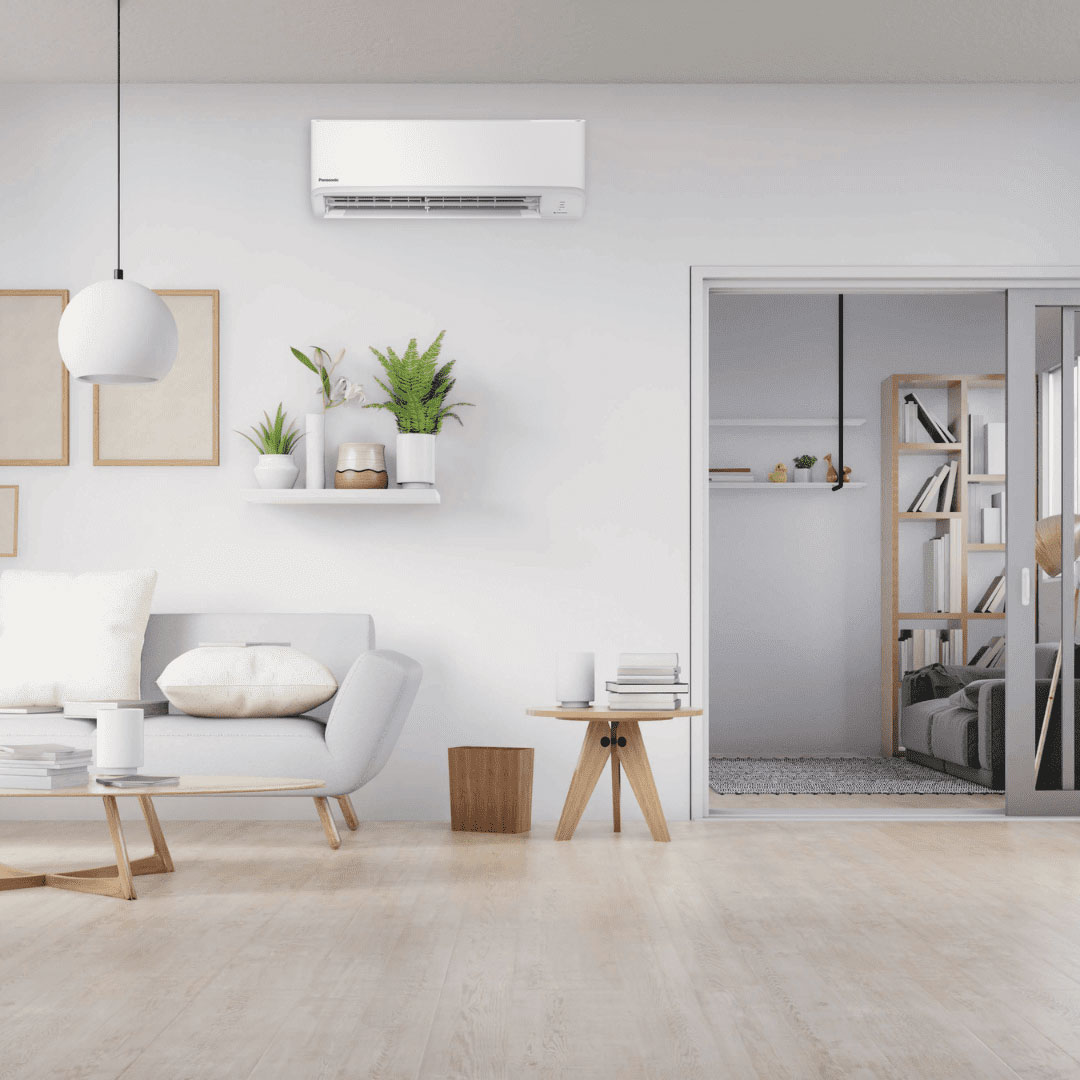Cold Room Troubleshooting: Your First 60 Minutes Emergency Action Plan

When your cold room fails, every minute counts. This cold room troubleshooting emergency guide walks you through exactly what to do in the critical first hour when your commercial refrigeration system stops working.
Need an answer fast? If your cold room breaks down, immediately close all doors, check the power and circuit breakers, contact a 24-hour emergency refrigeration service, document everything for insurance, and move critical stock if temperatures rise above safe levels.
We understand that you don’t have time to wait, and with over 35 years of local experience, we understand Queensland businesses’ unique mobile coldroom installations and refrigeration challenges better than most. This is why our qualified technicians carry comprehensive parts and diagnostic equipment to ensure those same-visit repairs to get your business back on track quickly.
Signs your cold room needs repairing by a professional
Look for these tell-tale signs your cold room needs urgent repairing:
- Temperatures above 4°C for refrigeration or above -18°C for freezers
- Excessive ice buildup on walls or coils
- Water pooling around the unit
- Strange noises or vibrations
- Visible refrigerant leaks
This next hour is crucial when you have temperature-sensitive products at risk, so let’s now work through what you need to know at each step to protect your inventory.
Minutes 0-10: The cold room troubleshoot basics
The moment you discover your cold room isn’t maintaining its temperature, stay calm and act fast. Keep the door closed to maintain whatever cold air remains while you assess the situation.
Immediate actions:
- Check the thermometer and note the current temperature
- Look for obvious signs like tripped breakers or unplugged power cords
- Listen for unusual sounds like grinding, clicking, or complete silence
- Check if other equipment is working to rule out a power outage
One of our restaurant clients in Gympie recently told us that when their walk-in freezer failed on a busy Saturday morning, checking the circuit breaker first saved them thousands. The issue was simply a tripped breaker, something they sorted in under five minutes.
Minutes 10-15: Call for emergency service immediately
Complex refrigeration problems require professional expertise. Attempting DIY repairs often makes problems worse and can be dangerous.
When you call TSR’s 24-hour emergency line (07 5482 8100), be ready to provide:
- Your location and cold room type
- Current temperature readings
- What you’ve observed
- What products are at risk

Minutes 15-30: Protect your perishable inventory
While waiting for professional help, focus on damage control. What to do when your cold room stops working comes down to smart prioritisation.
Immediate protection strategies:
- Keep doors closed as much as possible (every opening can raise temperature by 5-10°C)
- Consolidate critical items into functioning units if you have multiple cold rooms
- Move temperature-sensitive or valuable products first
- Place items requiring coldest temperatures in the coldest areas
What not to do:
- Don’t leave doors propped open
- Don’t overcrowd a working unit
- Never use household fans inside cold rooms
A café owner in Hervey Bay recently shared that during their emergency, they focused on saving expensive cheese and fresh seafood first, which meant they only lost some produce rather than their entire high-value inventory.
Minutes 30-45: Document everything for insurance
Thorough documentation makes the difference between approved and denied insurance claims.
What to document:
- Time discovered and temperature readings every 15 minutes
- Photos of affected equipment
- List of affected stock with values
- Timeline of actions taken
Finally, make sure you keep all receipts related to the emergency.
Minutes 45-60: Communicate with staff and suppliers
Brief your team on what’s happening. Kitchen staff should know which ingredients might be compromised, and everyone should avoid opening the cold room door unnecessarily.
If the breakdown affects orders, contact key suppliers and customers proactively.

What happens when the technician arrives
Professional technicians bring specialised diagnostic tools and expertise. They’ll test electrical components, check refrigerant levels, inspect the compressor, examine coils, and assess door seals. Most importantly, they’ll identify the root cause and get straight to work fixing the problem so you can get back to business.
One supermarket manager in the Wide Bay region told us their emergency call revealed a refrigerant leak that would have led to complete system failure within days. The quick diagnosis and repair meant they avoided a much more expensive replacement during their busiest period.
Prevention: The best emergency plan
Regular professional maintenance catches small issues before they become expensive emergencies. TSR’s maintenance programs include comprehensive system checks that extend equipment life and maintain efficiency.
When every minute counts, call TSR
Have you got a cold room emergency? We know your business doesn’t only run during traditional business hours, so neither do we. TSR provides 24-hour emergency service across Gympie, the Wide Bay, and South Burnett regions.
And remember, your business can’t afford downtime and your customers won’t wait, so call TSR on 07 5482 8100 now. We’re available 24/7 and ready to help you.
Please Share This
Related Posts

Summer’s Here Early! Our Top Tips On How To Keep Your House Cool In Summer

TSR x Carfax Commercial Constructions for Duke Street Vets

